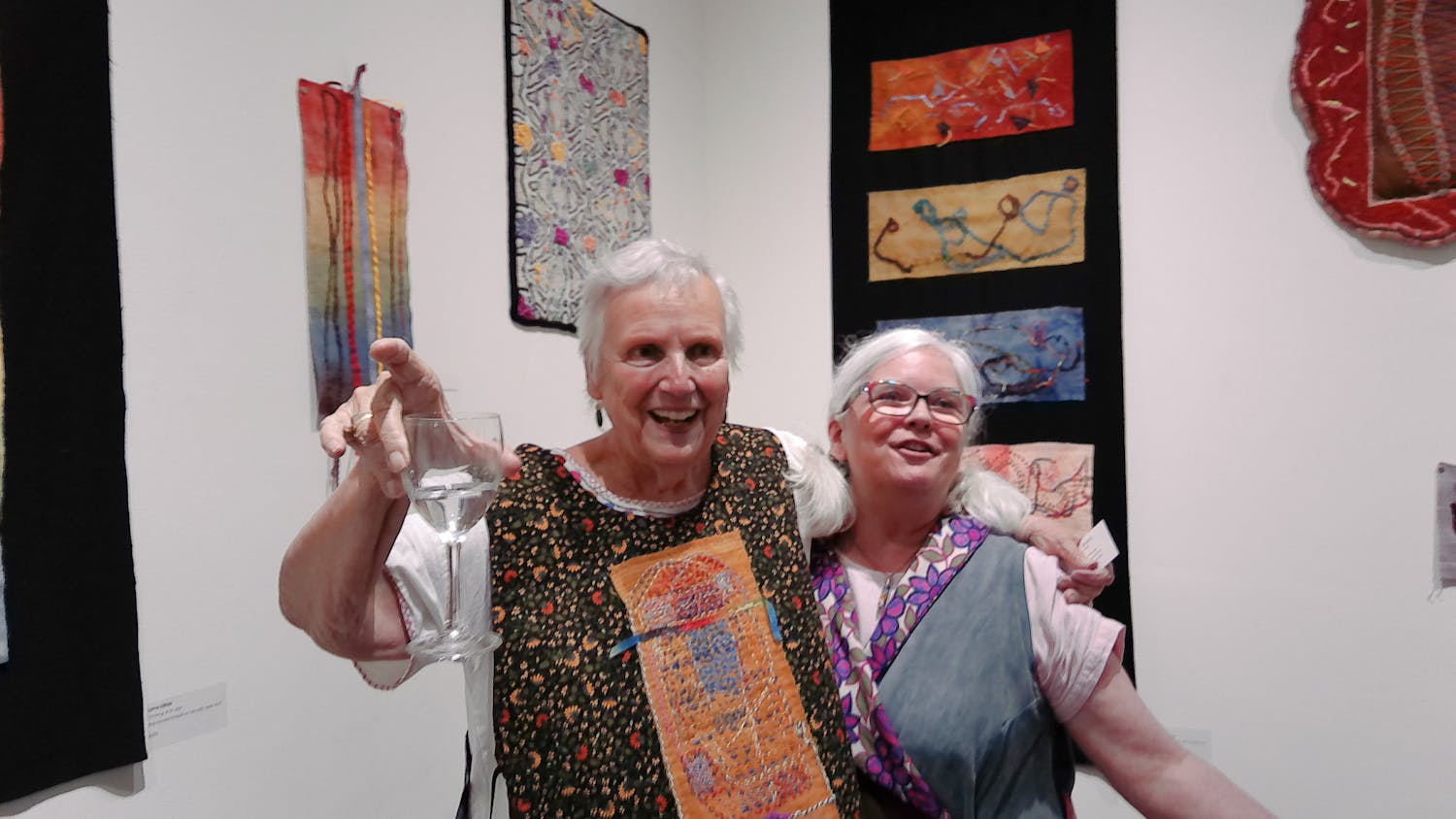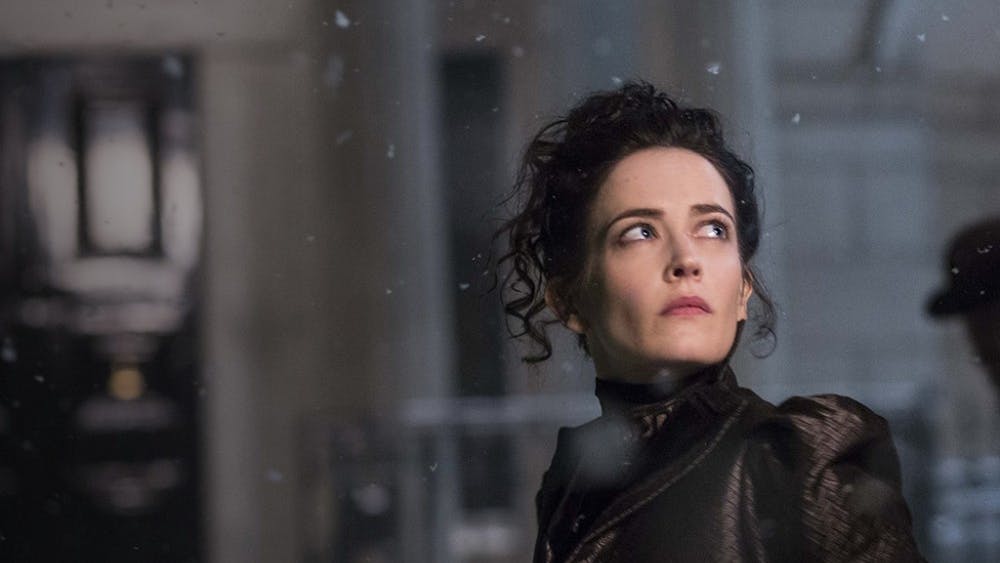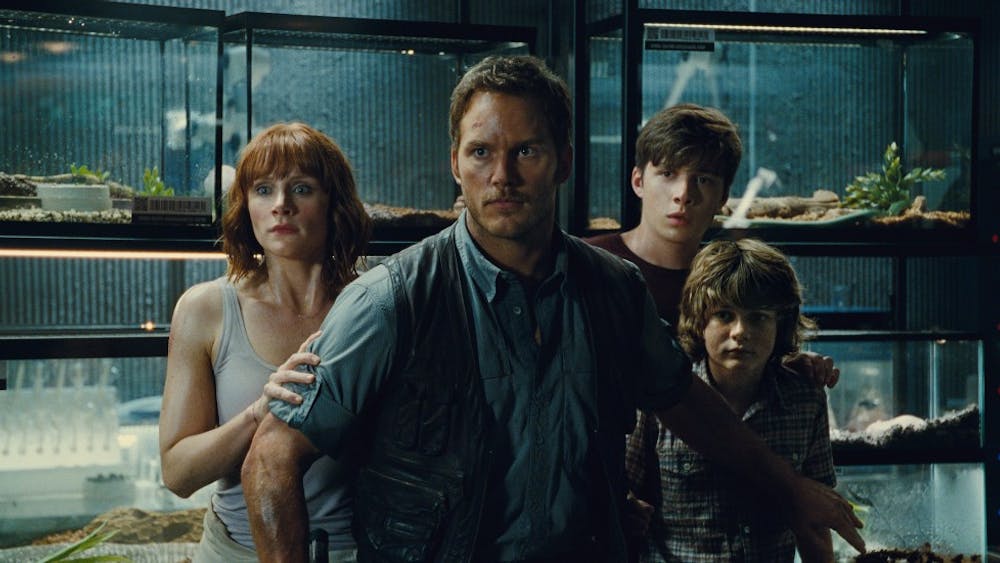Since its premiere in 2007, “Mad Men” has raked in awards and critical acclaim, not to mention the viewers. People who watch the series that rocketed AMC to star network status tend to defy any single category.
“Mad Men” appeals to a large and diverse audience primarily with nostalgia, depicting a time when “Atlas Shrugged” and Disneyland were new to the world. For four seasons, fans have been captivated by the life and times of Donald Draper, an advertisement man for the Sterling Cooper ad agency in the early 1960s.
The ideal woman wore a size 10 then, and businessmen didn’t have to hide booze in a desk drawer. Love it or hate it, it was a different time. And different is interesting.
When it comes to garnering attention, the “Mad Men” strategy is two-pronged, shocking viewers who are younger than 55 with behavior that was de rigeur in the 1960s — including sexual harassment in the workplace, casual racism and cavalier parenting — and making us think about how much or how little these things have changed.
Its greatest strength lies within the multiple ways it manages to connect a bygone decade to today.
“Mad Men” takes up many topics we generally consider well addressed and makes them fresh again. These days, for example, the birth control pill and abortion are as topical as in the dynamic years that frame the series.
It’s a show that strives for intelligence and challenges the TV-rots-your-brain theory. Likewise, it attracts a smart, broad audience fascinated by the historical context and the well-rounded characters.
Unlike, say, NBC’s “The West Wing,” which catered to a specific crowd curious about top-tier politics, “Mad Men” taps into a network of interests beyond advertising.
Feminists can watch the show and see social mores in flux. Liberals and conservatives are both represented, as is a range of sexual orientations. And less discussion-minded viewers can, if nothing else, enjoy more than four seasons of suspenseful drama and snappy dialogue.
Behind the scenes, “Mad Men” is an anomaly. Creatively, men dominate television today the way they dominated the New York advertising business in the 1960s. As of the third season in 2009, however, seven out of nine writers molding the chauvinistic world of Sterling Cooper were women.
This was a groundbreaking ratio at the time. The numbers have since regressed but remain impressive considering that fewer than a quarter of writers working in Hollywood today are female.
“Man Men”’s influence even extends to current fashion. Banana Republic and the show’s costume designer, Janie Bryant, offer a collection of updated fedoras, pencil skirts and other 1960s-inspired ensembles.
Of course, the advertising element is not to be ignored, either. Thanks to Internet pop-ups, it is now habit for us to erase ads without a second thought. “Mad Men” lets us get to know characters whose job it is to force a second thought, then a third. In the time before computer-based graphic design, ads and the people behind them were outright compelling.
“Mad Men” is a show about manipulation. It manipulates us, too, and we like it.
Its success has given rise to a trend of other shows set in the early 1960s — including ABC’s “Pan Am” and NBC’s short-lived “The Playboy Club” — but trends don’t last forever.
Whether “Mad Men” can carry its nostalgia into the future as it returns from a year’s hiatus remains to be seen.
Masters of manipulation

Get stories like this in your inbox
Subscribe





